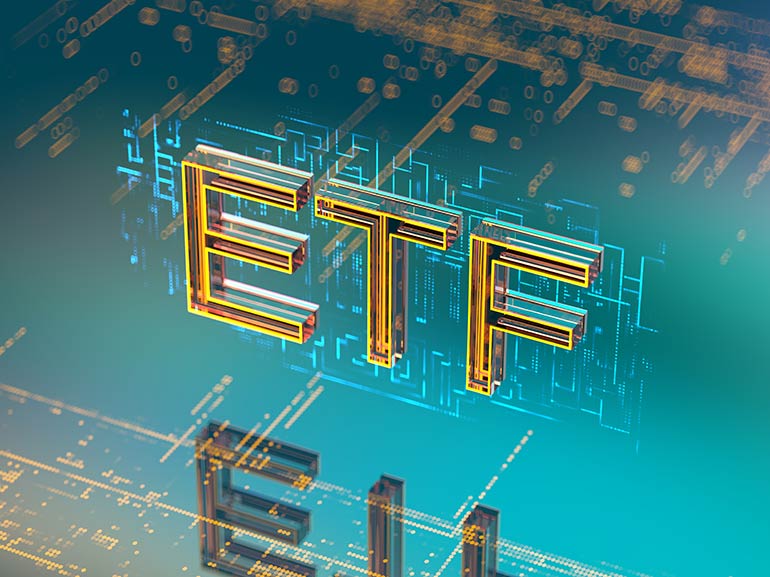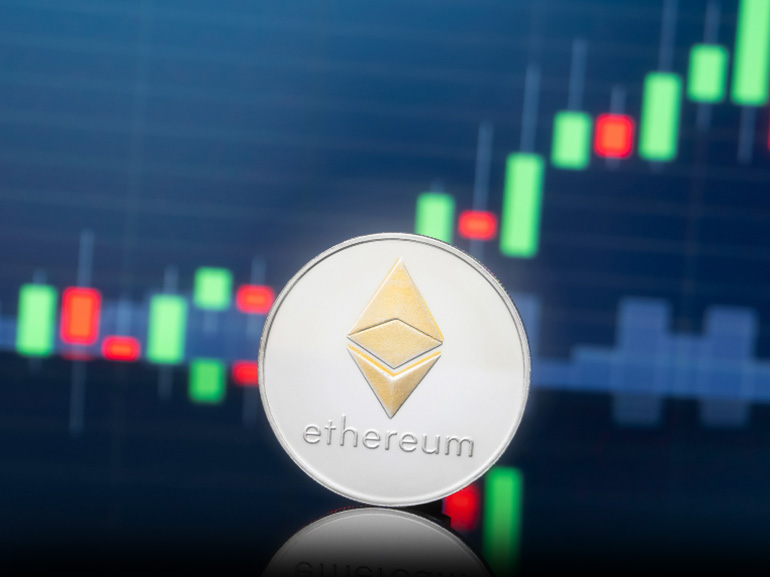Ethereum Merge: All You Need to Know
Cryptocurrencies have long faced criticism for their substantial energy consumption and environmental impact. Before September 2022, Ethereum alone consumed approximately 78 terawatt-hours of electricity annually, roughly equivalent to Chile's entire energy consumption and producing carbon emissions comparable to those of Hong Kong's annual output. The Ethereum Merge addressed this critical issue by fundamentally changing how the network validates transactions and secures the blockchain.
The Merge represented one of cryptocurrency's most ambitious technical upgrades, combining Ethereum's existing mainnet with the Beacon Chain, a separate blockchain launched in December 2020 specifically to test the Proof-of-Stake mechanism. This transition eliminated energy-intensive mining whilst maintaining network security and decentralisation.

TL;DR
The Ethereum Merge was a historic blockchain upgrade completed on 15 September 2022 that transitioned Ethereum from Proof of Work (PoW) to Proof of Stake (PoS).
The upgrade achieved a 99.95% reduction in energy consumption, dropping from approximately 78 terawatt hours annually to just 0.01 TWh, making Ethereum (ETHUSD) one of the most environmentally sustainable major blockchains.
As of September 2025, Ethereum operates with over 1.06 million validators staking approximately 34 million ETH, representing 28% of the total supply.
The Merge did not immediately impact transaction speeds or fees but laid the foundation for future scalability improvements.
What Is the Ethereum Merge?
The Ethereum Merge refers to the event in which Ethereum's original execution layer (mainnet) is combined with the Beacon Chain consensus layer, transitioning the network from Proof of Work to Proof of Stake. This upgrade is sometimes called "Ethereum 2.0," although the Ethereum Foundation officially moved away from this terminology to avoid confusion about creating a new token.
Key Components of the Merge
The Execution Layer (Mainnet)
Ethereum's mainnet continues to handle all transactions, smart contract executions, and account balances-essentially processing the "what" of blockchain activity.
The Consensus Layer (Beacon Chain)
Launched in December 2020, the Beacon Chain manages the validator network and consensus mechanism, determining the "how" of validating and ordering transactions.
The Merge Event
On 15 September 2022, these two layers permanently combined, with the Beacon Chain's Proof of Stake consensus replacing the energy-intensive Proof of Work mining that had secured Ethereum since its 2015 launch.
How Does Proof of Stake Replace Proof of Work?
Understanding the Merge requires grasping the fundamental difference between these two consensus mechanisms that secure blockchain networks.
Proof of Work (The Old System)
Under Proof of Work, miners compete to solve complex cryptographic puzzles using specialised hardware. This process, known as mining, required massive computational power and electricity consumption. The first miner to solve the puzzle earned the right to add the next block to the blockchain and receive newly minted cryptocurrency as a reward.
This competitive system ensured network security through the sheer computational difficulty of attacking the network; an attacker would need to control more computing power than all honest miners combined. However, this security came at an enormous environmental cost.
Proof of Stake (The New System)
Proof of Stake eliminates mining entirely. Instead, validators are chosen to propose and validate new blocks based on the amount of cryptocurrency they "stake" or lock up as collateral. To become an Ethereum validator, one must stake 32 ETH (approximately £80,000 at October 2025 prices).
The Beacon Chain randomly selects validators to propose new blocks, whilst committees of validators attest to the validity of proposed blocks. Validators earn rewards for honest behaviour and face penalties (called "slashing") for malicious actions or prolonged offline periods.
This lottery-style system requires minimal computational power-validators can run on consumer-grade hardware rather than industrial mining farms, resulting in a dramatic 99.95% energy reduction.
The Environmental Impact: By the Numbers
The Merge's environmental achievements exceeded initial projections:
Energy Consumption Reduction
Pre-Merge: 78-94 TWh annually (August 2022)
Post-Merge: 0.01 TWh annually (October 2022)
Reduction: 99.95% decrease
Carbon Emissions Impact
The European Union Blockchain Observatory estimated Ethereum's post-Merge annual electricity consumption at just 2.601 MWh, representing a reduction from approximately 11 million tonnes of CO2 annually to nearly zero.
Comparative Context
Post-Merge Ethereum now consumes less energy than many traditional centralised systems. For comparison, gold mining operations consume approximately 240 TWh annually, whilst the traditional banking system uses an estimated 260 TWh per year.
Network Performance and Validator Statistics
As of September 2025, Ethereum's Proof of Stake network demonstrates robust performance:
Validator Metrics
Total Validators: 1,060,332
Total ETH Staked: 34-35.7 million ETH (approximately 28% of total supply)
Network Effectiveness: 98.09%
Participation Rate: 99.78%
Network Security
The high participation rate and substantial value staked (over £85 billion at October 2025 prices) ensure robust network security. The economic cost of attacking the network-requiring control of over 51% of staked ETH makes malicious behaviour economically irrational.
Market Impact and Price Performance
The Merge's market impact proved complex and multifaceted:
Immediate Price Action (September 2022)
Leading up to the Merge, Ethereum traded at around $1,600 in mid-September 2022, down significantly from its all-time high of $4,892 in November 2021. The event followed a "buy the rumour, sell the news" pattern common in cryptocurrency markets, with prices declining in the days immediately following the successful upgrade.
Long-Term Performance (2022-2025)
Despite initial price weakness, Ethereum's fundamentals improved substantially post-Merge:
Market Capitalisation: Grew from approximately $319 billion (end of 2024) to $408 billion (March 2025)
Market Dominance: Increased from 15.9% (early 2024) to nearly 19% (2025)
Q2 2025 Performance: ETH experienced a 37% price rebound
The delayed price appreciation reflects a pattern where fundamental improvements take time to translate into market value, particularly during broader cryptocurrency market cycles.
What the Merge Did Not Change
Common misconceptions about the Merge persist. It's crucial to understand what the upgrade did not accomplish:
Transaction Speeds
The Merge did not increase transaction throughput. Ethereum's mainnet still processes approximately 15 to 30 transactions per second. Future upgrades, particularly sharding (expected in 2026-2027), aim to address scalability issues.
Gas Fees
Transaction costs remained largely unchanged by the Merge itself. Gas fees depend on network demand and available block space, both of which are unaffected by the consensus mechanism change. Layer 2 scaling solutions, such as Optimism and Arbitrum, provide the primary fee reduction mechanisms.
Token Economics
ETH remains ETH. The Merge did not create a new token or fundamentally alter Ethereum's monetary policy, though issuance rates decreased by approximately 90% due to the elimination of mining rewards.
Industry and Regulatory Response
The Merge received widespread recognition from various sectors:
Environmental Advocates
Climate-focused organisations acknowledged the significance of Ethereum's energy reduction. The Crypto Climate Accord cited the Merge as a crucial step toward achieving cryptocurrency sustainability goals.
Regulatory Perspective
The transition to Proof of Stake has raised new regulatory questions, particularly regarding whether staking constitutes a securities offering under the laws of various jurisdictions. The U.S. Securities and Exchange Commission has increased scrutiny of staking services following the Merge, although definitive regulatory frameworks remain under development.
Mining Community Response
Ethereum miners faced obsolescence following the Merge. Many redirected their hardware to mine other Proof of Work cryptocurrencies like Ethereum Classic, whilst some attempted to create "forked" versions of Ethereum, maintaining PoW. These fork attempts, such as EthereumPoW (ETHW), gained minimal traction, with ETHW trading at approximately $3 by January 2023, down from its initial value of $13.
The Future Beyond the Merge
The Merge represents one milestone in Ethereum's multi-phase development roadmap:
Upcoming Upgrades
The Surge: Introducing sharding to increase transaction throughput to potentially 100,000 transactions per second
The Scourge: Addressing MEV (Miner Extractable Value) and censorship resistance
The Verge: Implementing statelessness and verkle trees for improved efficiency
The Purge: Reducing historical data storage requirements
The Splurge: Various protocol optimisations and improvements
These future upgrades build upon the foundation established by the Merge, progressively addressing Ethereum's scalability, security, and usability challenges. (Source: CNBC)
Conclusion
The Ethereum Merge successfully accomplished its primary objective: transitioning the world's second-largest cryptocurrency network to an environmentally sustainable consensus mechanism whilst maintaining security and decentralisation. The 99.95% energy reduction represents a landmark achievement in blockchain technology, demonstrating that major networks can evolve to address environmental concerns without compromising functionality.
Since its completion in September 2022, the Merge has proven stable and effective, with over one million validators securing the network and maintaining exceptional uptime. While immediate price appreciation did not materialize, Ethereum's improved fundamentals - including reduced issuance, environmental sustainability, and laying the groundwork for future scalability-position the network for long-term success.
For cryptocurrency traders and investors, the Merge exemplifies how technical fundamentals can transform a blockchain's value proposition. As Ethereum continues to implement its roadmap, the Merge will likely be remembered as the pivotal moment when a major cryptocurrency network successfully reinvents its core infrastructure.
The success of the Merge also sets a precedent for the broader cryptocurrency industry, demonstrating that environmental sustainability and blockchain technology can coexist. As regulatory pressure around energy consumption intensifies globally, Ethereum's transition may influence other networks to consider similar upgrades.
*Past performance does not reflect future results. The above are only projections and should not be taken as investment advice.
Frequently Asked Questions:
When did the Ethereum Merge happen?
The Ethereum Merge took place on 15 September 2022, at approximately 06:42 UTC. The transition happened at block height 15,537,393 through a two-step process: first, the Bellatrix upgrade activated on the consensus layer, followed by the Paris upgrade on the execution layer, which triggered when the Terminal Total Difficulty (TTD) threshold was reached.
How much energy does Ethereum use after the Merge?
Post-Merge Ethereum consumes approximately 0.01 terawatt hours (TWh) annually, down from 78-94 TWh before the upgrade, a 99.95% reduction. This makes Ethereum's energy consumption comparable to running approximately 2,000 homes for one year, rather than the equivalent of an entire country.
What's the difference between Proof of Work and Proof of Stake?
Proof of Work requires miners to compete using computational power to solve cryptographic puzzles, consuming massive amounts of electricity. Proof of Stake selects validators based on the amount of cryptocurrency they stake as collateral, requiring minimal computational resources. PoS achieves similar security through economic incentives-validators risk losing their staked funds if they act maliciously-rather than through computational competition.
Can you still mine Ethereum after the Merge?
No, Ethereum mining became obsolete after the Merge. The network no longer uses Proof of Work, so mining hardware cannot participate in securing the Ethereum mainnet. Former Ethereum miners either moved to mining other Proof of Work cryptocurrencies (such as Ethereum Classic) or repurposed their equipment. Individuals can now participate in securing Ethereum through staking rather than mining.
Did the Merge affect Ethereum's price?
The Merge's immediate price impact was modest, with ETH trading around $1,600 in September 2022. The event followed a "buy the rumour, sell the news" pattern common in cryptocurrency markets. However, long-term performance improved substantially, with Ethereum's market capitalisation growing from $319 billion (end 2024) to $408 billion (March 2025) and market dominance increasing from 15.9% to nearly 19%. The Merge improved fundamental value through reduced issuance and environmental sustainability, though price appreciation took time to materialise.
What is the Beacon Chain?
The Beacon Chain is Ethereum's Proof of Stake consensus layer, launched on 1 December 2020-nearly two years before the Merge. It operated in parallel with Ethereum's Proof of Work mainnet, allowing developers to test and refine the PoS mechanism before the transition. During the Merge, the Beacon Chain became Ethereum's official consensus layer, coordinating validators and managing the PoS protocol whilst the mainnet continues handling transactions and smart contracts.
Is Ethereum 2.0 the same as the Merge?
"Ethereum 2.0" was previously used to describe the planned upgrades to Ethereum, including the Merge. However, the Ethereum Foundation deprecated this term to avoid confusion about creating a new token or separate blockchain. The Merge was one component of Ethereum's broader upgrade roadmap, but ETH tokens remained unchanged-there is no separate "ETH2" token. Today, references to "Ethereum 2.0" generally mean the post-Merge Proof of Stake Ethereum network.







